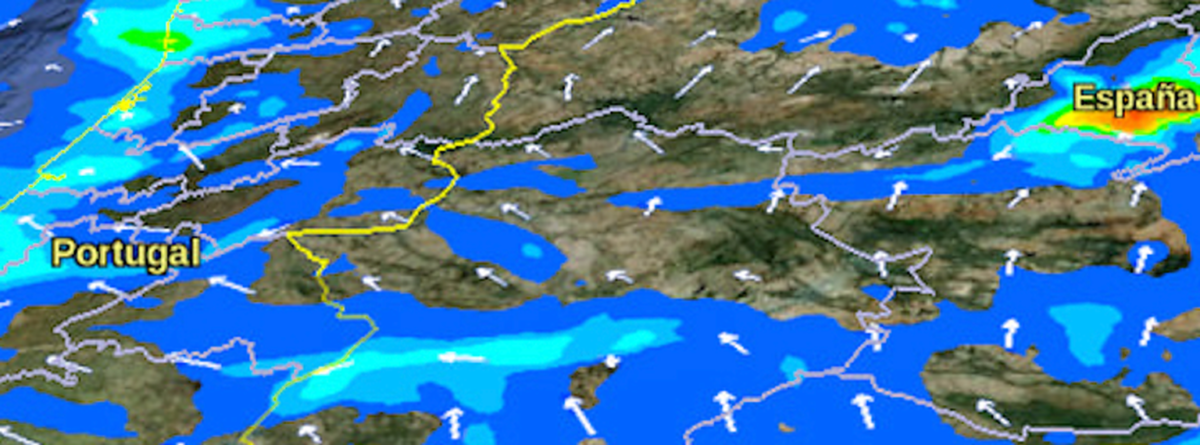From pv magazine Spain
A group of scientists from the Barcelona Supercomputing Center (BSC) in Spain has shown for the first time how changes in atmospheric circulation patterns on a planetary scale, which are known as teleconnections, affect renewable energy generation in different European countries.
In the paper “Seasonal prediction of renewable energy generation in Europe based on four teleconnection indices,” published in Renewable Energy, the Spanish team proposed a novel method to forecast long-term variations in the generation of renewable energy sources months in advance through climate predictions. These forecasts can be very useful for electricity network operators in order to program alternative energy sources, for power providers to estimate electricity prices, and for governments to prevent crises in energy prices.
Teleconnections are numerical indices that summarize air movements around the Earth's surface and connect weather conditions in regions far apart from each other. In Europe, electricity supply and demand are affected by changes in four teleconnections in the Euro-Atlantic region, which can cause variations in the earth's surface temperature, precipitation, solar radiation and wind speed: the North Atlantic Oscillation (NAO), East Atlantic Oscillation (EA), East Atlantic/Western Russia Oscillation (EAWR), and the Scandinavian Pattern (SCA).
The study developed by the BSC scientists proposes a methodology that transforms the seasonal predictions of these four Euro-Atlantic teleconnections into wind and solar energy forecasts. The results show the dependence of wind and solar generation on the state of those teleconnections and how seasonal forecasts can help anticipate electricity demand and expected renewable energy generation across Europe.
Popular content
‘Teleconnections like the NAO have already proven useful to the European electricity sector in explaining recent episodes of low wind power generation or high energy demand. With this study we show how the seasonal predictions of teleconnections can inform months in advance of a possible risk of low renewable energy production, while at the same time serving to better inform those responsible for making decisions in this regard,” explained BSC researcher Llorenç Lledó.
“Beyond the mitigation of climate change, the energy crisis that Europe is experiencing sends a clear message: our electricity system needs to move towards higher quotas of renewables to achieve energy independence. And this can only be achieved with a better understanding and predictive capacity of the meteorological and climatic oscillations that affect renewable energy sources,” stated research co-author Francisco Doblas.
This content is protected by copyright and may not be reused. If you want to cooperate with us and would like to reuse some of our content, please contact: editors@pv-magazine.com.



By submitting this form you agree to pv magazine using your data for the purposes of publishing your comment.
Your personal data will only be disclosed or otherwise transmitted to third parties for the purposes of spam filtering or if this is necessary for technical maintenance of the website. Any other transfer to third parties will not take place unless this is justified on the basis of applicable data protection regulations or if pv magazine is legally obliged to do so.
You may revoke this consent at any time with effect for the future, in which case your personal data will be deleted immediately. Otherwise, your data will be deleted if pv magazine has processed your request or the purpose of data storage is fulfilled.
Further information on data privacy can be found in our Data Protection Policy.